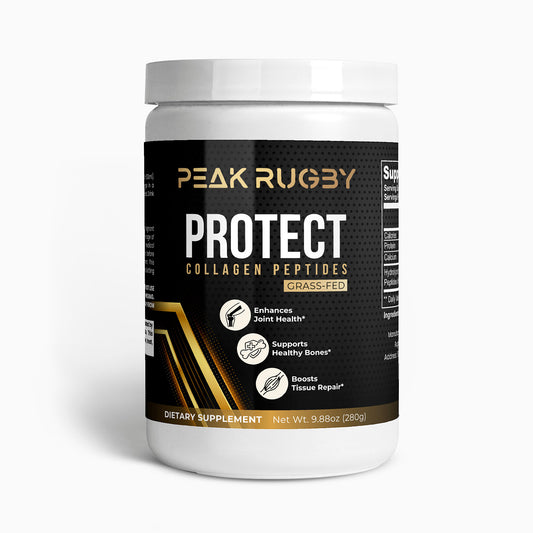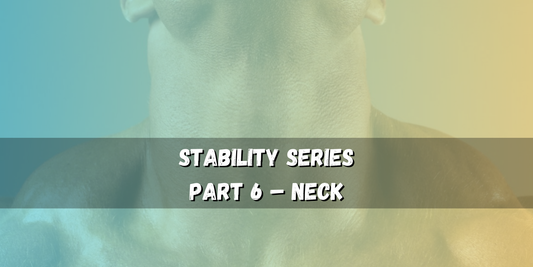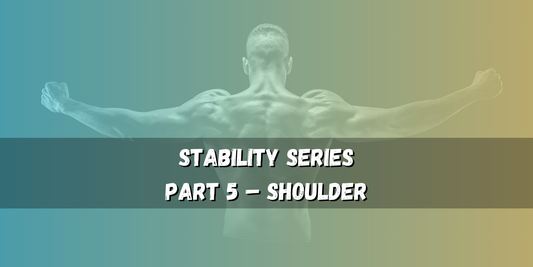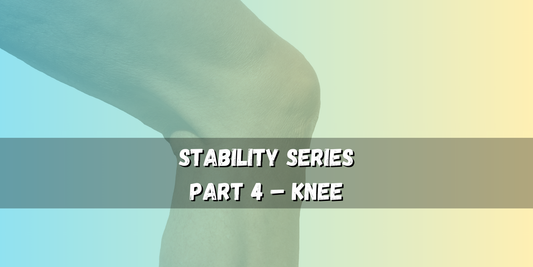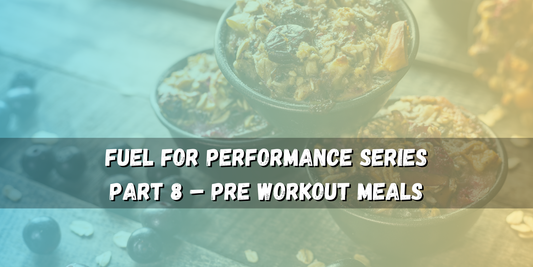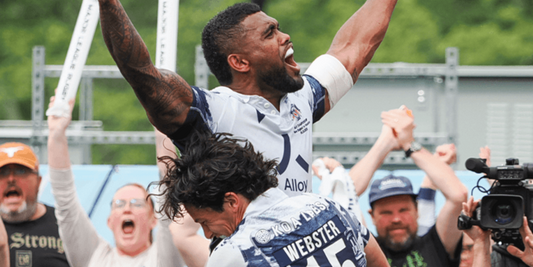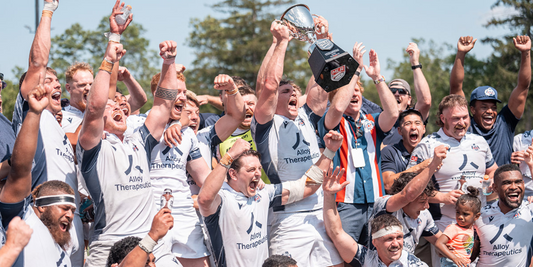Your shoulders are some of the most mobile—and most vulnerable—joints in your body. In rugby, they’re involved in everything from tackles and rucks to passing, lifting, and supporting your body weight. Without proper stability, mobility becomes a liability—and that’s when injuries happen.
In Part 5 of our Stability Series, we’re focusing on shoulder and scapular stability—critical for upper body control, safe contact, and strong, injury-resistant performance.
Check out the rest of the series:
- Part 1: Core Stability – Strength & Control
- Part 2: Hip Stability – Power & Alignement
- Part 3: Ankle Stability – Balance & Support
- Part 4: Knee Stability – Control & Protection
- Part 6: Neck Stability – Impact & Safety
Let’s dive in.
WHAT IS SHOULDER & SCAPULAR STABILITY?
Shoulder and scapular stability is your body’s ability to control the shoulder joint and shoulder blade during movement, especially under load or during contact. It’s not about being stiff—it’s about being strong in all directions.
Key muscle groups involved:
- Rotator Cuff Muscles (SITS) – Stabilize the shoulder joint and prevent dislocations
- Scapular Stabilizers (Traps, Rhomboids, Serratus Anterior) – Control the movement of the shoulder blade
- Deltoids & Posterior Shoulder – Provide strength for pushing, pulling, and bracing
Good shoulder stability means you can absorb contact, control overhead movement, and reduce wear-and-tear on the joint.
WHY SHOULDER STABILITY MATTERS FOR RUGBY PERFORMANCE
1. Stronger & Safer Tackling
Stable shoulders protect the joint during hits and bracing—especially in front-on tackles or awkward landings.
2. More Powerful Passes & Offloads
Better shoulder control = better force transfer and accuracy. Especially important under fatigue.
3. Joint Longevity & Injury Prevention
Poor shoulder stability leads to impingements, rotator cuff strains, and even labrum tears. Long-term damage starts with small dysfunctions.
4. Scrum & Ruck Resilience
Holding posture in scrums and pushing through rucks requires scapular control and shoulder endurance.
COMMON CAUSES OF SHOULDER & SCAPULAR INSTABILITY
- Here are the most common causes of poor shoulder stability:
- Weak or underactive rotator cuff muscles
- Inhibited scapular control due to postural habits
- Poor thoracic spine mobility
- Overuse of dominant muscles (delts, traps) with neglect of stabilizers
- Lack of isometric and eccentric control during upper body movement
When these weaknesses stack up, even simple rugby movements—like passing, bracing, or tackling—can become risky for the joint.
THE CHAIN REACTION: WHAT HAPPENS WITHOUT SHOULDER STABILITY
- Weak Rotator Cuff → Shoulder Drift & Instability → Increased Injury Risk
- Poor Scapular Control → Rounded Shoulders → Reduced Overhead Strength
- Overuse of Delts & Traps → Neck Tightness & Shoulder Impingement
- Poor Posture → Reduced Contact Performance → Increased Injury Load
Shoulder issues don’t just stay in the shoulder—they affect the neck, upper back, and even passing mechanics.
SHOULDER & SCAPULAR STABILITY ROUTINE FOR RUGBY ATHLETES
You don’t need heavy weights to build shoulder stability—you need control, tension, and consistency.
Step 1: Release Work (3–5 Minutes)
- Focus: Warm up and prepare the shoulder complex for movement
- Exercises: Foam Roller & Lacrosse Ball – Lats, Traps, Pec Minor, Infraspinatus
Step 2: Activation & Scapular Control (5–8 Minutes)
- Focus: Build the deep support muscles of the shoulder
- Exercises: Swimmer's Hover, Scapular Rotations & Retractions, Internal & External Rotations, Pull Aparts
Step 3: Stability Drills & Functional Strength (5–10 Minutes)
- Focus: Build control in sport-specific positions
- Exercises: Tall Side Plank Hold, Quadruped Walks, Bottom-Up Hold, Overhead Press, Up & Over, Face Pulls
2–3x per week is enough to build resilience and prep the shoulders for high-contact play.
WATCH THE FULL ROUTINE
We’ve recorded the full Shoulder Stability Routine on our YouTube channel to walk you through every step—activation, balance, coordination, strength and plyometric drills.
Watch it now on our Peak Rugby YouTube Channel:
FINAL THOUGHTS
Your shoulders need more than strength—they need control, especially under pressure. Build shoulder and scapular stability and you’ll move better, hit harder, pass cleaner, and stay injury-free longer.
Next week, we wrap up the Stability Series with Neck Stability—a small but powerful area for protecting the spine and reducing concussion risk.
This wraps up Part 5 of our Stability Series: Knee Stability. If you found this post helpful, make sure to:
- Like and share this post with fellow rugby players
- Bookmark the blog to stay updated on the next parts of the series
-
Follow Peak Rugby on X, Facebook and subscribe to the YouTube Channel for more rugby-specific training, mobility, and recovery tips.
Stay strong, keep pushing forward, and keep working on your stability!


